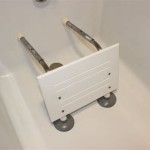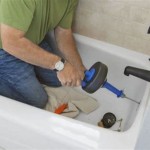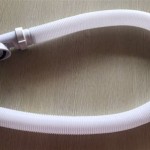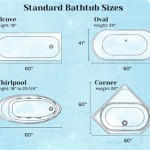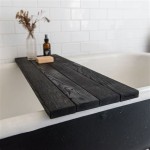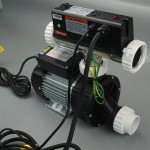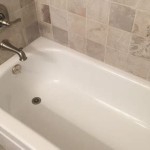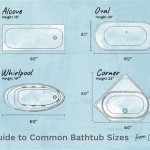Essential Aspects of Bathtub Faucet Hose Connection
When installing or replacing a bathtub faucet, it's crucial to ensure a secure and leak-free hose connection. This article will delve into the key aspects of bathtub faucet hose connection, covering crucial tips and considerations for a successful installation.
Types of Bathtub Faucet Hoses
There are two main types of bathtub faucet hoses:
- Fixed Hoses: These hoses are permanently attached to the faucet body and cannot be removed. They typically come in standard lengths and are less likely to leak but may limit customization options.
- Flexible Hoses: Made of flexible materials like stainless steel or rubber, these hoses can be customized to fit different bathtub configurations and lengths. They offer greater flexibility but may require additional support to prevent kinking or sagging.
Installation Considerations
Before connecting the hoses, consider the following:
- Water Supply Lines: Ensure that the water supply lines are compatible with the faucet's hose connections, both in terms of size and thread type.
- Faucet Inlet: Identify the inlet ports on the faucet body where the hoses will connect. These ports may be labeled with "hot" and "cold" or have different colors to indicate the water temperature.
- Hose Length: Measure the distance between the faucet inlet and the water supply lines to determine the appropriate hose length. Allow some slack for movement and avoid excessive bending or kinking.
Connection Procedure
To connect the hoses properly:
- Apply Plumber's Tape: Wrap plumber's tape clockwise around the threaded ends of the hoses to create a watertight seal.
- Hand-Tighten the Hoses: Manually screw the hoses onto the faucet inlet and water supply lines until snug. Avoid overtightening, as this can damage the threads.
- Use a Wrench: For added security, use a wrench to tighten the hose connections further. Tighten until they are secure but not excessively tight.
- Double-Check: Inspect all connections thoroughly, ensuring they are properly tightened and free of leaks.
Maintenance and Troubleshooting
To maintain a leak-free and functional bathtub faucet hose connection:
- Inspect Regularly: Periodically check the hoses for any damage, wear, or loose connections.
- Tighten Loose Connections: If any connections become loose, use a wrench to tighten them gently.
- Replace Worn Hoses: Over time, hoses can deteriorate and may need to be replaced to prevent leaks.
- Contact a Plumber: If you encounter persistent leaks or difficulties with the hose connection, consult a professional plumber.
By following these essential aspects, you can ensure a secure and leak-free bathtub faucet hose connection, contributing to the overall functionality and aesthetics of your bathroom.

Bathtub Sprayer View 1 Bathroom Faucets Diy Clean

Fresh Bathtub Hose Adapter Check More At Https Homefurnitureone Com

Home Care Bathtub Adapter Shower Kit For Handicapped Elderly Finally S Corp

Mutocar Sink Sprayer Faucet Hose Attachment Kitchen Spray Replacement Bathtub Shower Set With For Hair Washing Pet Com

Dog Shower Spray Hose Pet Bathtub Attachment Hairwash Clean Tub Faucet Diverter

Danco Versa Spray White Round Handheld Shower Head 2 Gpm 8 3 Lpm In The Heads Department At Com

Dailiwei Pet Shower Attachment For Bathtub Faucet Sink Sprayer Hose Com

Rinseroo Slip On Blue Tub Faucet Spray Hose Pvc Braided 60 In The Sprayers Hoses Department At Com

1 2 Ips X 3 8 Shower Hose Adapter Bushing For Bathtub Diverter F K B Distributors Inc

Dailiwei Pet Shower Attachment For Bathtub Faucet Sink Sprayer Hose Com

